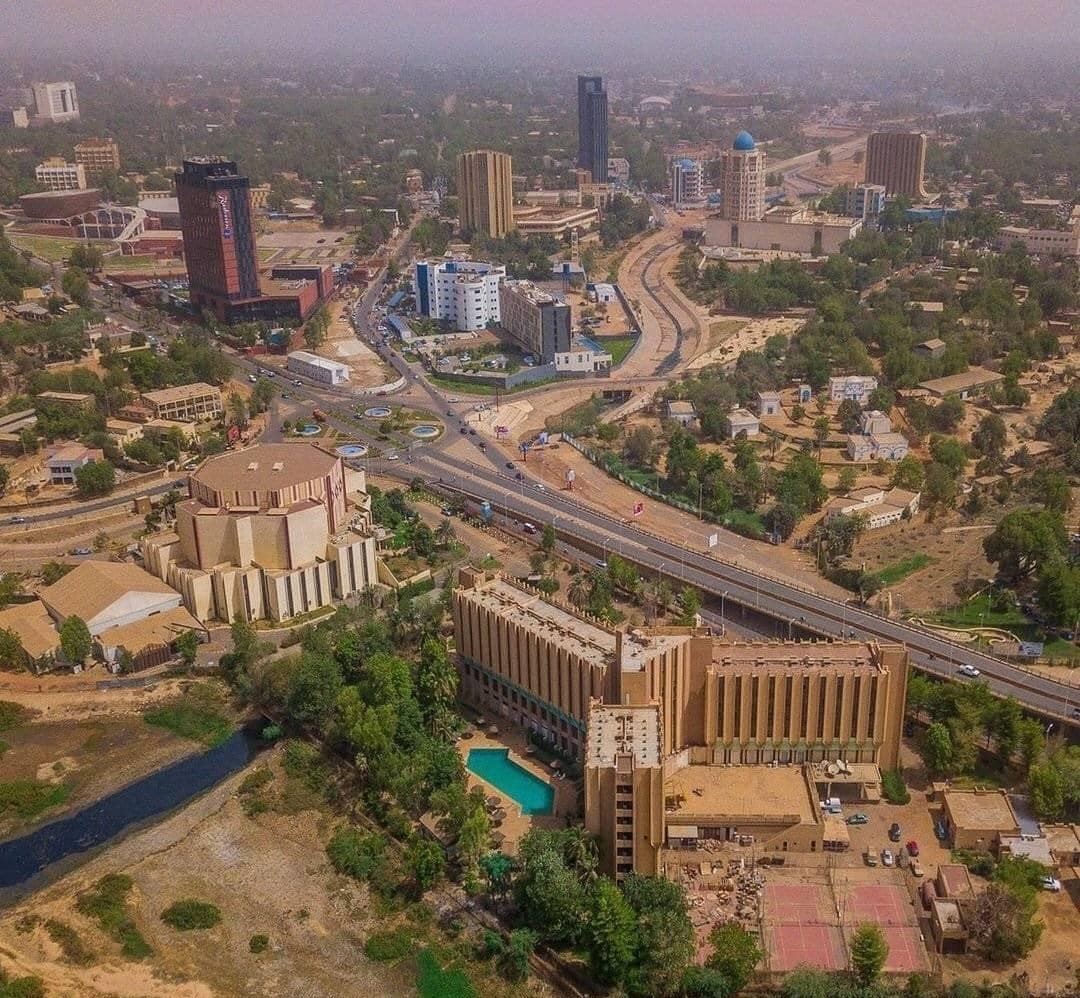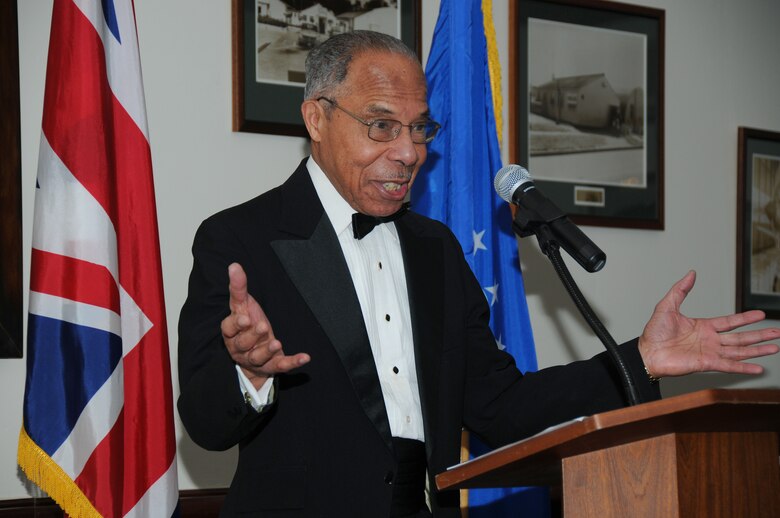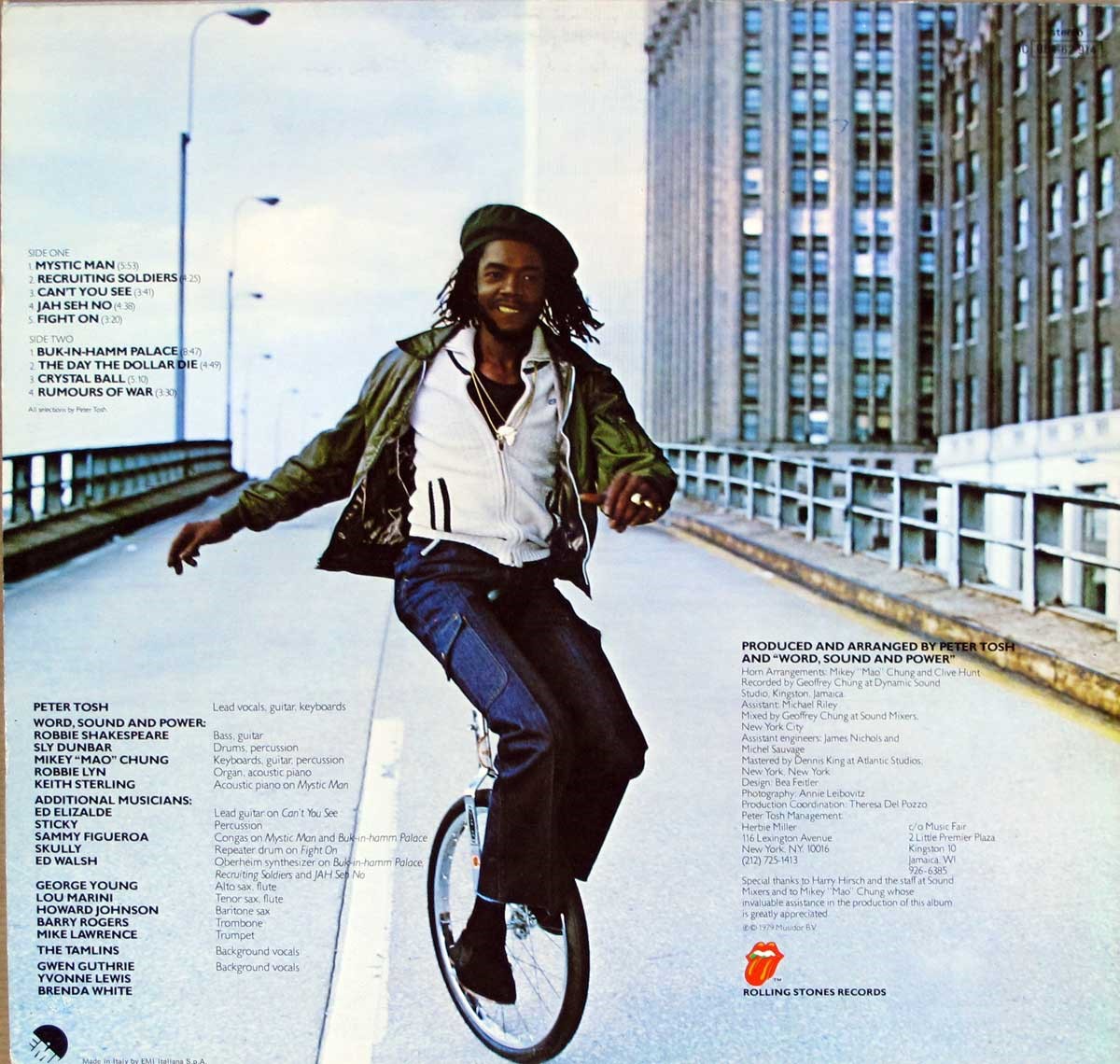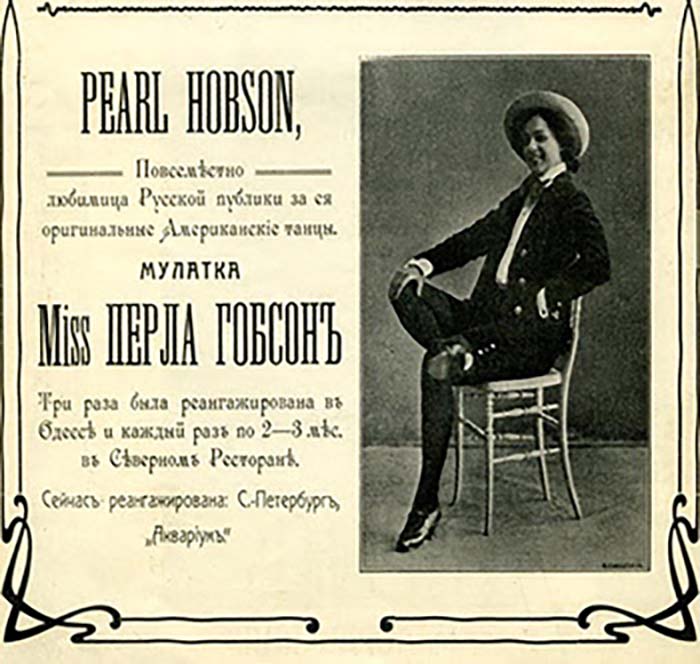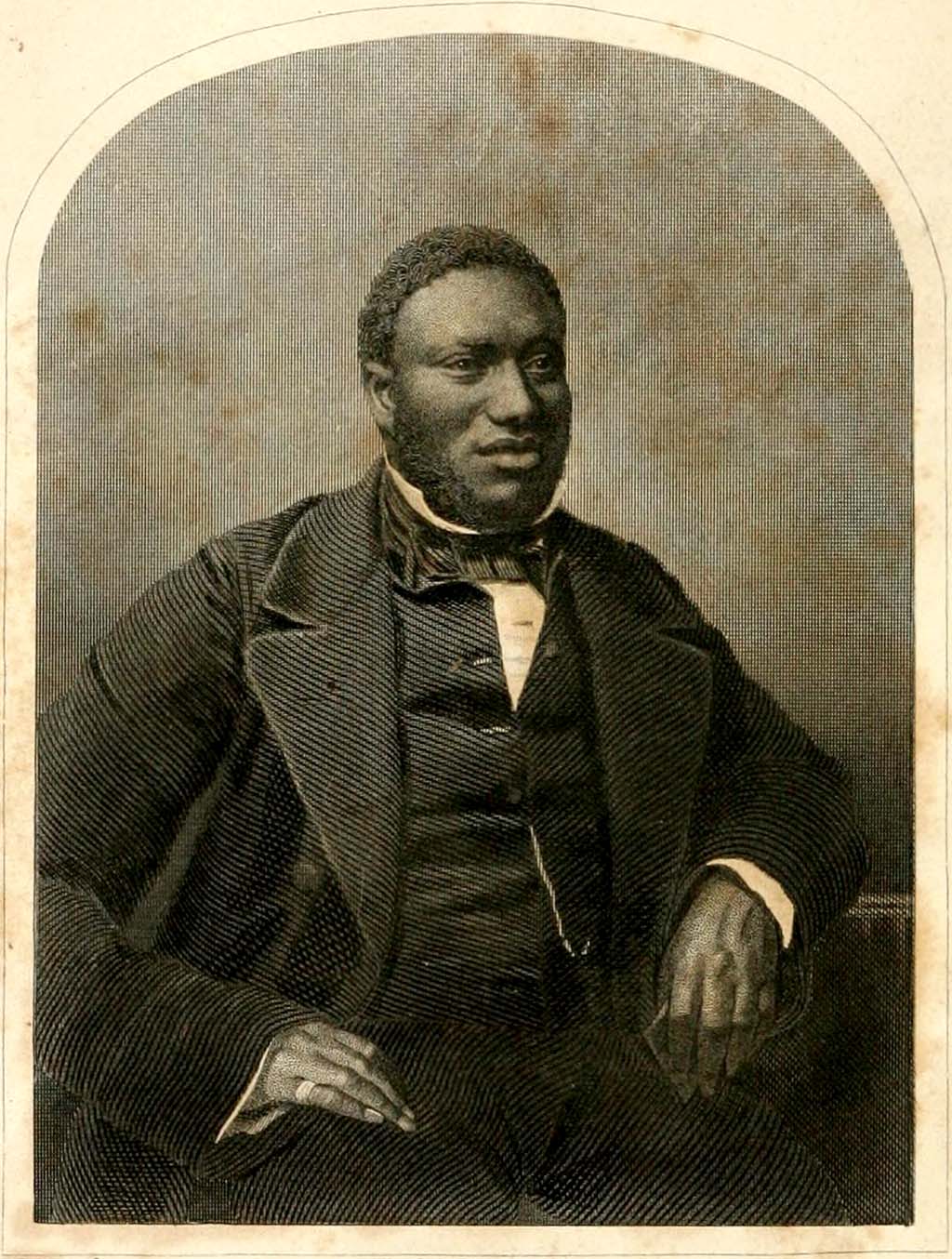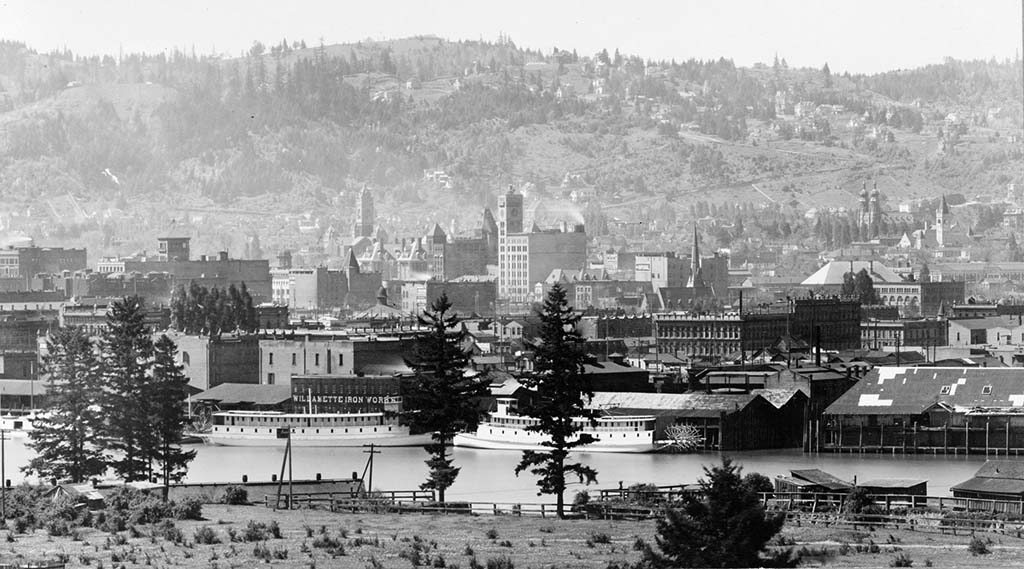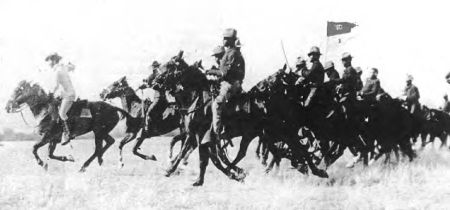Niamey, the largest city and capital of the West African nation of Niger, is located in the southwestern part of the country along the left bank of the Niger River. Niger is the largest nation within West Africa in terms of physical size, and Niamey is the political, economic, and cultural center of the country.
Historians debate the early history of Niamey. Some argue it was originally a Songhai fishing village named after the local Niami tree, while others maintain it was founded by a Djerma chief named Kouri Mali. Yet, most agree that the site was inhabited by small numbers of Hausa, Djerma-Songhai, and Wazi peoples long before European colonization.
In the late 1890s the French began to colonize Niger. In 1902, the French built a military fort in Niamey, a small fishing village at the time. Then, in 1926, the French moved their colonial capital from Zinder to Niamey to facilitate trade along the Niger River with other French territories in West Africa.
During the colonial period, Niamey also served as an important connection point in overland trade of agricultural goods. These agricultural products were grown in Niger’s outlying areas and transported to domestic and international markets, especially Abidjan and Lagos. However, trade was hampered by a lack of railway connections through Burkina Faso and poor roads throughout the region, which were often impassable during the rainy season.
The population of Niamey remained small into the 1940s with fewer than 10,000 inhabitants. After World War II the city’s population began to increase as greater African autonomy seemed near and Niamey appeared to be a likely government center. In 1960, Niger won its independence from France and Niamey became its capital.
After independence Niamey continued to grow, attracting Hausa and Yoruba merchants from around Niger, as well as from neighboring Nigeria, Benin, and Togo. In the 1970s, Niger saw great profits from the nation’s uranium reserves, which financed Niamey’s modern infrastructure. When uranium prices fell dramatically in the early 1980s, this decline led to social and political tensions as the nation’s president, Major-General Seyni Kountche, attempted to restore the economy. He imposed austerity measures which sparked widespread protests especially in Niamey. A rapid succession of presidents after Kountche’s death from natural causes in 1987 added to Niger’s economic and political instability. Despite the unrest, the population of Niamey continued to rise, reaching an estimated 943,055 in 2009 in a nation of 18 million people.
Today, Hausa and Djerma-Songhai peoples constitute the majority of the population, and Islam is the most common religion. Niamey’s main exports are livestock, grain, vegetables, woven mats, and hides, and its manufacturing sector produces bricks, leather products, textiles, shoes, charcoal, and building supplies. The National School of Administration (1963) and the University of Niamey (1972) are located there, as well as the Grand Mosque, National Museum, Stade du 29 Julliet (a sports arena), and the Franco-Niger Cultural Center.

